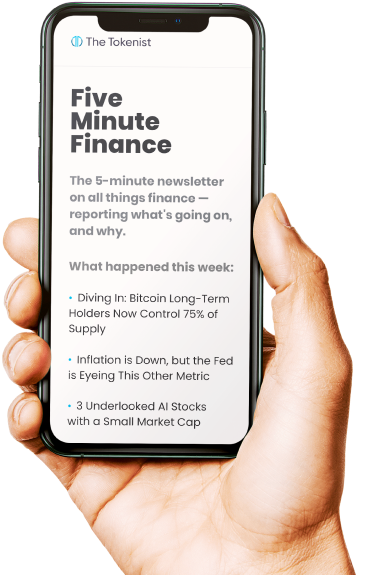
Why Did Workday’s Stock Dip Despite Decent Q2 Results?
Workday Inc. (NASDAQ: WDAY) delivered a mixed bag of results for its fiscal second quarter 2026, beating earnings expectations but disappointing investors with its forward-looking guidance. The enterprise software company reported adjusted earnings per share of $2.21, surpassing the expected $2.11, while revenue of $2.35 billion slightly edged out estimates of $2.34 billion.
However, despite these solid numbers on paper, the stock tumbled in extended trading, highlighting the market’s focus on growth trajectory for tech companies rather than past performance. The company’s subscription revenue guidance for the upcoming quarter came in merely in-line with analyst expectations, triggering concerns about slowing momentum in a competitive enterprise software landscape.
Workday’s Strong Quarter Overshadowed by Guidance Concerns
Workday’s Q2 fiscal 2026 performance showed solid operational execution, with revenue climbing 13% year-over-year and net income surging to $228 million from $132 million in the prior year period. The company’s adjusted earnings per share of $2.21 represented a meaningful beat against Wall Street’s $2.11 consensus estimate. For the full year, Workday maintained its outlook for $9.52 billion in total revenue, which aligns closely with the $9.51 billion analyst consensus.
However, the market’s reaction was decidedly negative, with shares dropping 4.31% in pre-market trading to $217.78 as of 4:43 AM EDT on Friday.
The decline reflects investor disappointment with the company’s Q3 subscription revenue guidance of $2.24 billion, which merely met rather than exceeded analyst expectations. In today’s growth-hungry market environment, simply meeting estimates often isn’t enough to sustain momentum, particularly for high-valuation software companies trading at premium multiples.
CEO Carl Eschenbach acknowledged specific headwinds during the earnings call, particularly in the state and local government segment where funding slowdowns are creating uncertainty. The company also faces pressure in higher education markets, compounded by policy changes under the Trump administration that could impact institutional spending patterns.
Join our Telegram group and never miss a breaking digital asset story.
Workday’s Stock Reflects Broader Concerns Over Growth Trajectory
The stock’s negative reaction reflects broader concerns about Workday’s growth trajectory and competitive positioning in the enterprise software market. With a trailing P/E ratio of 126.43 and a forward P/E of 26.53, the company trades at a significant premium that demands consistent growth acceleration. The 13% revenue growth rate, while respectable, represents a deceleration from previous quarters that has investors questioning whether the company can maintain its historical expansion pace.
Competitive pressures from established players like Oracle and SAP, combined with macroeconomic uncertainty affecting enterprise IT spending, have created additional headwinds for the company. The market capitalization of $60.67 billion suggests high expectations that may be difficult to meet in a more challenging operating environment. Despite strong fundamentals including $7.97 billion in cash and robust free cash flow generation of $2.37 billion, investors appear focused on the company’s ability to reaccelerate growth.
Analyst sentiment remains cautiously optimistic with an average price target of $284.96, suggesting potential upside of approximately 25% from current levels. However, the recent guidance disappointment may prompt some analysts to reassess their growth assumptions and potentially revise targets lower in the coming weeks.
Disclaimer: The author does not hold or have a position in any securities discussed in the article. All stock prices were quoted at the time of writing.




